Geography Awareness Week 2024
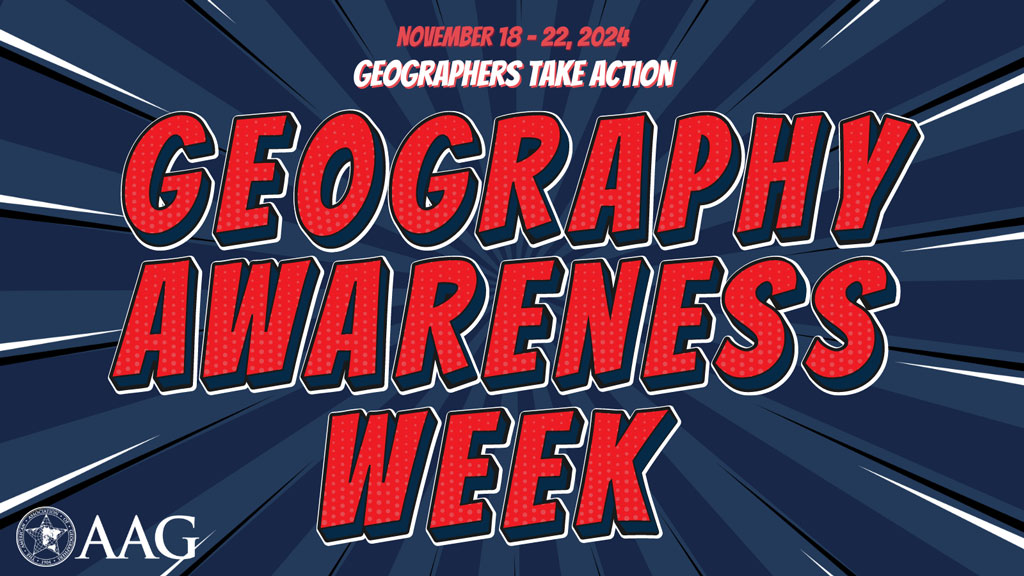
Geographers … are navigators for tomorrow who are able to view the world not just from its physical and ecological space but also from humanity’s relationship to it.”
—Charles Nainoa Thompson, 2024 AAG Honorary Geographer
NOVEMBER 18-22
Geographers in Action
Knowledge is power, and knowledge of spatial information can offer more than just know-how: It opens up extraordinary capabilities to solve complex problems in many areas, from urban planning to environmental conservation. Armed with the ability to combine spatial knowledge with many other kinds of data, geographers use their ‘X-ray vision’ beyond the visible landscape, turning their superpowers toward understanding the intricate patterns of human behavior and natural phenomena.
Join us in celebrating geographers, the action heroes in our midst. Use our map to find out about GeoWeek events and happenings where you are, and all over the world.
Get Involved!
This year, help AAG celebrate the impact that geographers have on the world. We invite you to take part in Geography Awareness Week. Here are a few ways to get involved right now:
- Download the GeoWeek Idea Toolkit. You’ll find tools for public awareness, learning, and activities. Browse the tool kit
- Become a GeoAdvocate. Get GeoWeek information and see your name listed below. Sign up now
- Be a Promotional Partner. Promotional Partners are organizations interested in helping spread the word about GeoWeek. We provide you with information and public acknowledgment of your partnership. Sign up now
- Help Us Publicize Your Events. Add your work to our map. From mapathons to mentoring events, from webinars to community meet-ups, we want to know how geography is showing up where you are. Share your work with us
Activities and Resources
Find out how you can be part of GeoWeek and GIS (Geographic Information Systems) Day with these resources and ways to get involved, big and small. You don’t even have to wait until November: use these ideas to support geography year-round!
Free GIS Software for your classroom: K-12 schools and youth groups WORLDWIDE are eligible for free ArcGIS software. Simply sign up online.
What do Geographers Do? Check out AAG’s Profiles of Geographers to understand the work we do. Don’t forget our special GeoAction Heroes Series for grades 9-12.
Applying to College? AAG’s Guide to Geography Programs in the Americas gives high school students and guidance counselors a glimpse of the many options for studying geography and GIS.
Explore the World with Virtual Fieldtrips: The Nature Conservancy has a range of virtual field trips, from regenerative farming to reforestation, that can be customized for all ages to allow students to travel the world and explore natural environments without leaving the classroom. The National Geographic Society and other creators on YouTube also offer limitless possibilities to teach students local places of significance near them and global solutions. Social media creators such as “Travel with Miss T,” who aims to engage students in math on maps of the world by partnering with more than 50 public land sites (local, state, and federal) across the nation in hopes to make learning an adventure accessible to all
Mapathon: Bring people together to work on humanitarian efforts, local issues, and ideas for change. OpenStreetMap has an excellent step-by-step resource for hosting your own mapathon. Check out the US State Department resource MapGive in a Box for training and resources. Visit the CitSci Map-a-Thon ideas and other resources at Fairmont State University’s GeoSavvy guide.
Create a Geography Career Checklist/Roadmap: Help peers start and continue their journey in geography. This could include becoming a member of geography education nonprofits/organizations such as the AAG, meeting with your career counselor/advisor, speaking to geography faculty at your school, or setting up informational interviews with local GIS professionals and regional planning agencies. Find your way with AAG’s Student Resource Page.
Host a Trivia Night: Get friends, fellow students, and even faculty to share geography knowledge in a fun quiz format. You can have a freewheeling “trivial pursuit” style game or have an emcee and Jeopardy-style questions.
Start a Speaker Series or Brown Bag Chat: Geoweek is a great time to start an activity you can host year-round. You can invite guest speakers from a range of geographical disciplines. Consider teaming with another department or club and make the topics relevant to students from all majors.
Brown bag chats and teachings: Another great tool for raising awareness of geography. Informal settings during lunchtime discussions or geography-themed snack breaks can provide an opportunity for students and coworkers to connect and engage with one another. A teach-in, reflective day, or brown bag discussion and open up conversations of deeper issues that we face in society and how geography has a hand in understanding them, such as racial justice and climate change. Here is a resource on leading a teach-in for Earth Day; many of its organizational guidance can be adapted to geography teaching for any public interest issue.Create a Geography News Platform: Whether it be podcast or radio appearance at your local school, or a social media account devoted to geography-related news, create a platform where you interview geography faculty, talk about the importance of the discipline, and provide advice/tips on how to get involved.
Orienteering: Go to old school and try your hand at orienteering– navigating on foot using a paper map and compass. Local orienteering clubs often set up competitive events you can join.
Geocaching: Spend time outdoors exploring your local area. Geocaching is a treasure hunt using GPS-enabled devices. Download a compass app to your smartphone and visit the geocaching website to find free caches near you.
Volunteer for a Nonprofit Organization: Gather friends, classmates, and coworkers to participate in a day of service during Geography Awareness Week. Activities could include reading to children, cleaning up a nearby park, or joining a community garden.
Co-sponsor a Community Event: During Geography Awareness Week or in the future, offer to co-sponsor a public discussion related to a community issue that can be examined spatially such as housing, voting, food insecurity, local conservation, or historical event. Sponsorship can include sharing the event on your social media feeds, encouraging colleagues and students to attend, or highlighting the event in a newsletter.
Partner With a Local K-12 School: Collaborate with a classroom at a local school for a service project, mapping activity, or to teach students about geography education. Check out the GIS Day in the Classroom Implementation Guide! It’s designed for both volunteers and teachers, so use this for your own outreach efforts and/or share this with people you know in the K-12 community.
GeoReads: What’s your favorite geography-related book? Spread geographic literacy one book at a time by donating your favorite geo book to a local school, public library, or local little free library to help others discover our discipline.
Host a Movie Night: Share your favorite geographic film with your friends! Grab some popcorn and gather together in a classroom or online. If creating an online event, social media sites like Facebook allow individuals, pages, and groups to host watch parties of public videos. Movie and short-film ideas include:
- “Planet Earth” Series — This acclaimed series by the BBC showcases the incredible diversity of our planet’s ecosystems and wildlife.
- National Geographic Documentary Films cover topics such as wildlife, science, history, culture and more.
- “Living on One Dollar” — This documentary follows four friends as they live on just one dollar a day in rural Guatemala, highlighting issues of poverty and economic disparity.
- “Japan’s Demographic Time Bomb” — This film explores the challenges Japan faces with its declining population and aging society.
- “The Englishman Who Went Up a Hill but Came Down a Mountain” — A charming story about a Welsh village’s efforts to have their local hill recognized as a mountain.
- “Dark Waters” — Based on the true story of how Robert Bilott fought chemical manufacturer DuPont on behalf of a West Virginian town contaminated unregulated chemicals.
You can also check out GIS Chops, a YouTube channel for all things GIS, including a Maps in the Movies playlist.
Listen to a podcast: With so many podcasts to choose from, why not pick one that is geographical? Some podcast choices to consider include the New Books Network Geography channel, American Geographical Society Podcast, A VerySpatial Podcast, The Mapscapping Podcast, The Mappyist Hour, or Sense of Place. Geographers interested in popular culture might also enjoy Dolly Parton’s America or This American Life.
Color old maps: We know that geographers get a bad rap about being a discipline that practices coloring, but did you know that coloring can reduce stress and anxiety in adults? Take a break and color in some historic maps with these coloring pages.
Donate: Help secure the importance of geography and the work of geographers in understanding our world. Consider donating to the AAG to support the next generation of geographers. Choose among different programs to support student travel, dissertation grants, diversity initiatives, and more.
Meet the GeoAction Heroes
Select the images below to read about and download information about our GeoAction Heroes.
Connect with our Core Partners
AAG is pleased to collaborate with the following organizations and institutions to create information resources for Geography Awareness Week.

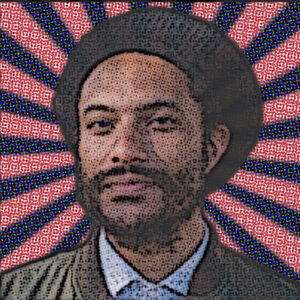
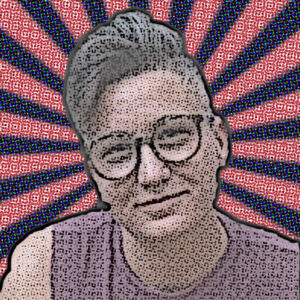
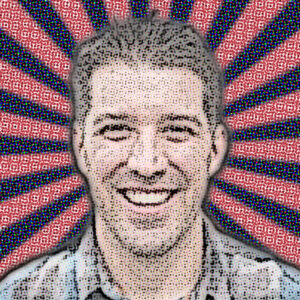
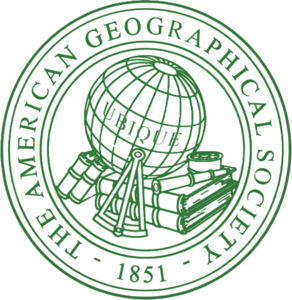
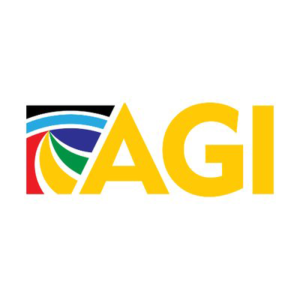
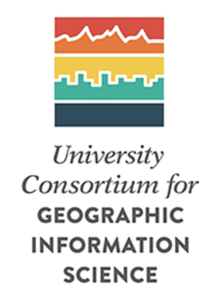

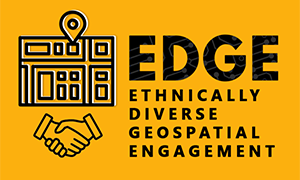
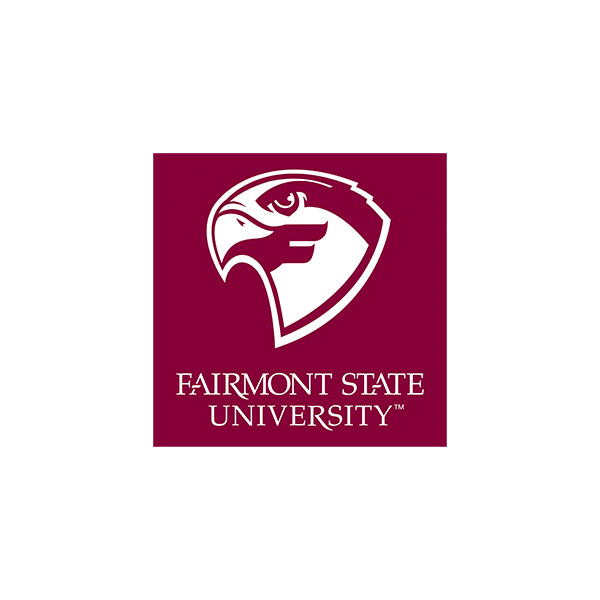
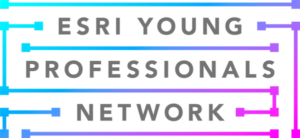


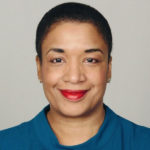
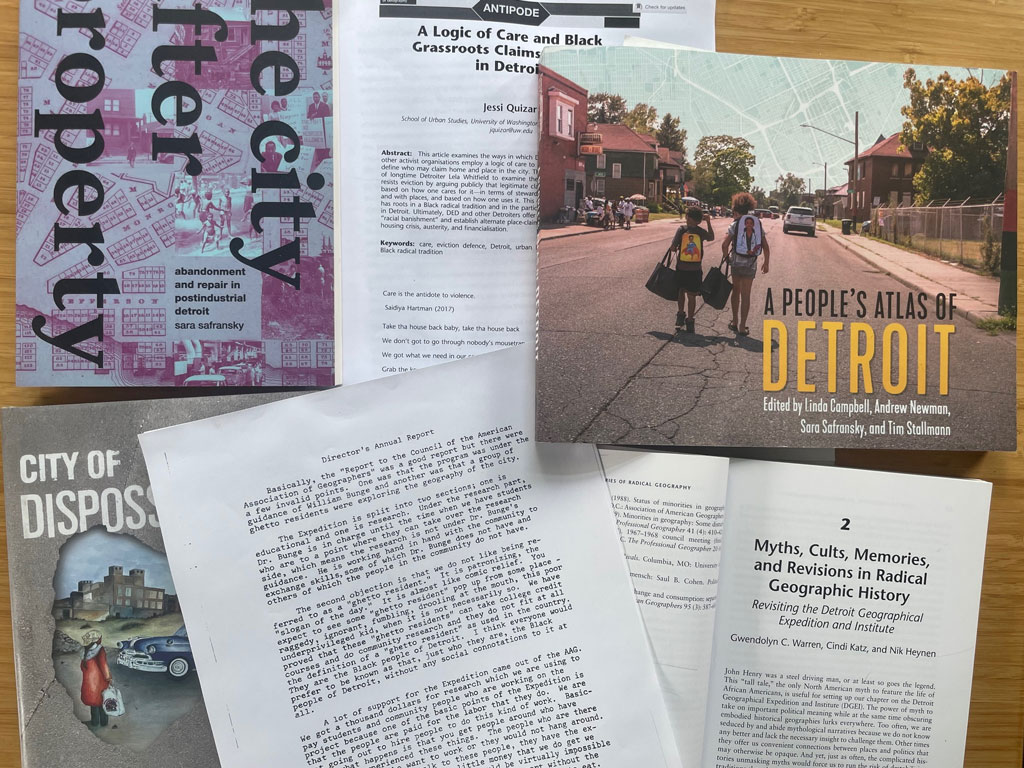
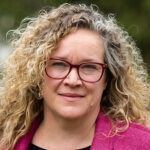
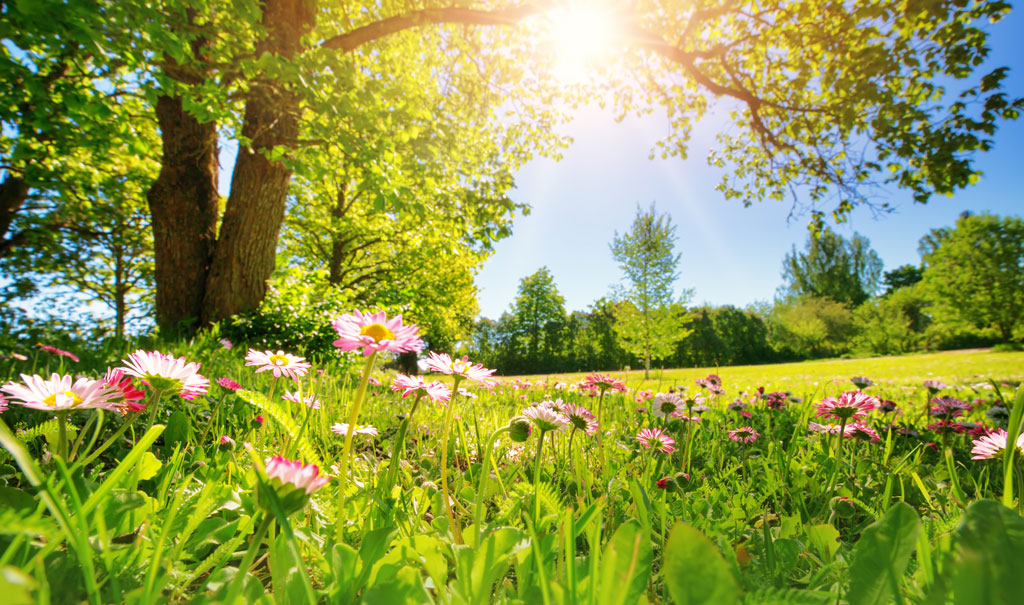


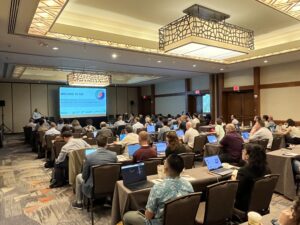
 Nora Butter (she/her) is a junior at George Washington University pursuing a dual B.A. in Environmental Studies and Geography, with minors in Geographic Information Systems (GIS) and Sustainability. Her areas of interest include environmental justice, geomorphology, biogeography, sustainable city planning as well as mapping for representation and aid. In her free time, she enjoys attending concerts, baking, and musical theater. As an Ohio native that grew up in a car-heavy town, Nora enjoys exploring Washington, D.C. via public transportation and loves riding the metro. She’s excited for this summer and the research that follows!
Nora Butter (she/her) is a junior at George Washington University pursuing a dual B.A. in Environmental Studies and Geography, with minors in Geographic Information Systems (GIS) and Sustainability. Her areas of interest include environmental justice, geomorphology, biogeography, sustainable city planning as well as mapping for representation and aid. In her free time, she enjoys attending concerts, baking, and musical theater. As an Ohio native that grew up in a car-heavy town, Nora enjoys exploring Washington, D.C. via public transportation and loves riding the metro. She’s excited for this summer and the research that follows!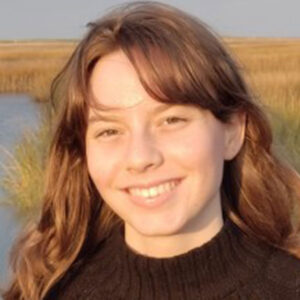 Shayla Flaherty is a senior at Bridgewater State University, pursuing a B.S. in Geography with a concentration in Environmental Planning and Conservation. Her areas of interest include GIS, natural resource conservation, coastal zone management, and ecosystem ecology. Outside of academics, she enjoys painting, dancing, and golfing. She is excited to be working as the AAG’s Media and Communication intern.
Shayla Flaherty is a senior at Bridgewater State University, pursuing a B.S. in Geography with a concentration in Environmental Planning and Conservation. Her areas of interest include GIS, natural resource conservation, coastal zone management, and ecosystem ecology. Outside of academics, she enjoys painting, dancing, and golfing. She is excited to be working as the AAG’s Media and Communication intern.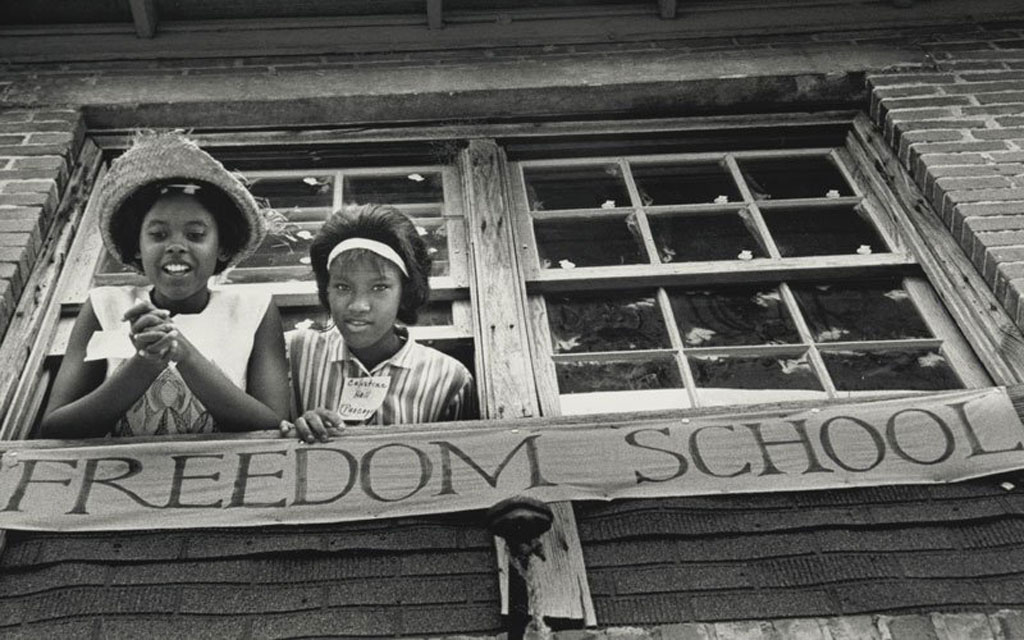
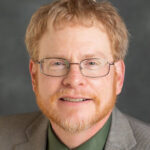
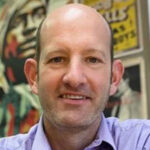 The 60th anniversary of
The 60th anniversary of 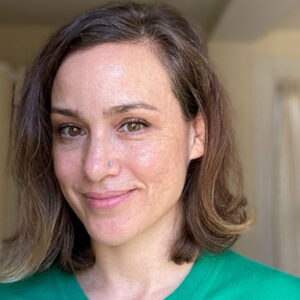 AAG is pleased to welcome Jennifer (Jenni) Jones as the newest addition to our staff as Membership Services Coordinator.
AAG is pleased to welcome Jennifer (Jenni) Jones as the newest addition to our staff as Membership Services Coordinator.